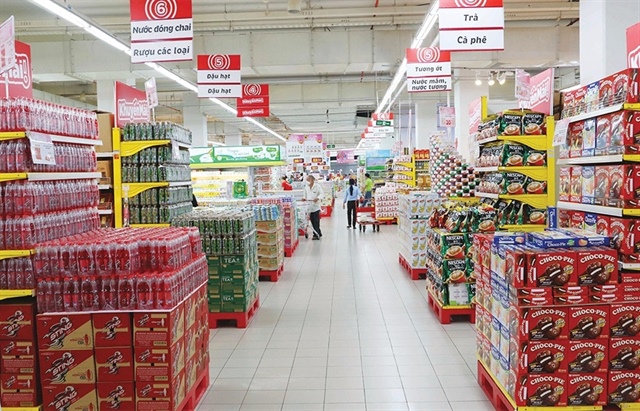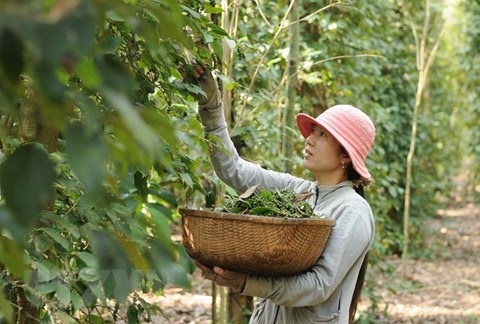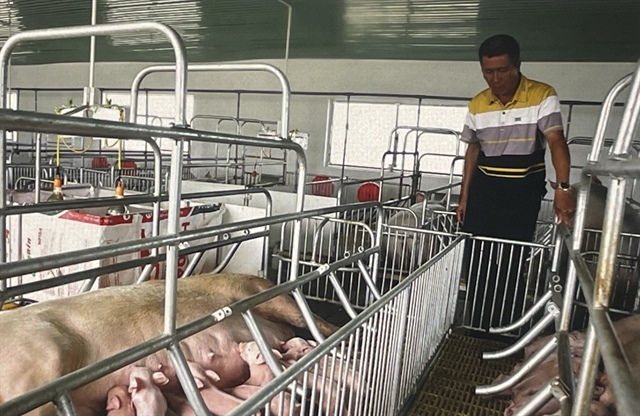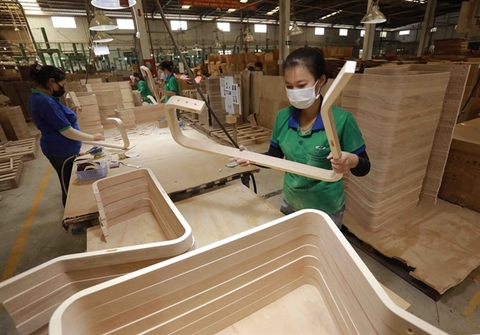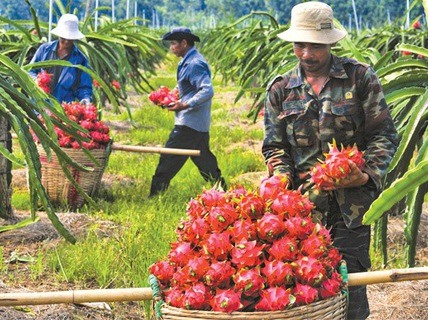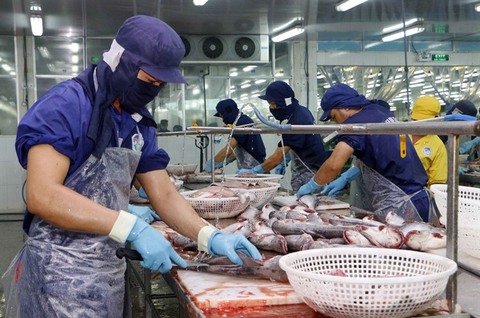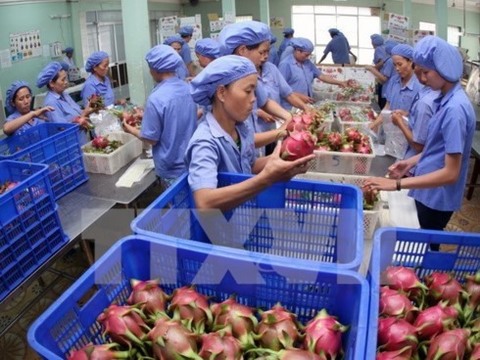CPTPP likely to increase garment exports to Australia
CPTPP likely to increase garment exports to Australia
Viet Nam’s turnover from textiles and garment exports to Australia is predicted to reach a double-digit growth after the signing of the Comprehensive and Progressive Agreement for Trans-Pacific Partnership (CPTPP).
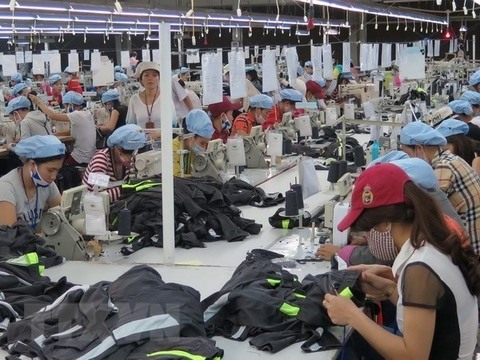
This was said at a workshop in Ha Noi on May 9.
Jointly held by the Vietnam Textile and Apparel Association (VITAS) and the IEC Group of Australia, the event focused on measures to help Vietnamese textiles and garment enterprises increase exports to Australia.
According to Nguyen Phuc Nam, deputy director of the Department of Asia-Pacific Market under the Ministry of Industry and Trade, Australia is a potential market for Vietnamese textiles and garment exporters, although the market share of Vietnamese products in Australia remains small.
Truong Van Cam, vice chairman and secretary general of VITAS, said the current growth of textiles and garment exports to Australia was just below 10 per cent, but with the signing of CPTPP, the rate was expected to reach a double-digit growth.
Reports presented at the workshop showed that total textiles and garments import turnover of the CPTPP member countries exceeded US$53 billion in 2017, of which Australia was the third-largest import market, with a total turnover of over $6.2 billion, accounting for 11.67 per cent.
Viet Nam earned over $4.8 billion from exporting textiles and garments to other CPTPP member nations in 2017, making up 9.07 per cent of the market share.
As committed in CPTPP, Australia will reduce its import duties to 5 per cent in the first three years after the agreement comes into effect and to zero per cent from the fourth year for almost all products.
Moreover, Australia is gradually shifting to importing and outsourcing of textiles and garment products in Viet Nam because of cheaper labour cost and lower tax rates than in China.
Cam said Australia’s textiles and garment import turnover grew by 3 to 5 per cent annually in the past five years. In 2017, the country imported some $9.32 billion worth of textiles and garment products from various countries. Viet Nam’s exports to Australia reached only $173 million, equivalent to just 1.9 per cent of its total textile import turnover.
Viet Nam is facing serious competition from China as the latter’s textiles and garment market share in Australia amounts to 60 per cent.
According to Tran Van Quyen, a representative of Woolmark Company of Australia in Viet Nam, the purchasing power of Australian consumers is even higher than that in the United States and Europe. However, orders from Australia are usually small because Australian firms operate in the form of online businesses, so they usually order in small quantities to avoid a large inventory.
Large Vietnamese enterprises are not interested in small orders, while small firms do not have a social responsibility certificate to qualify for exports to Australia.
To get better access to the market, Vietnamese businesses should enhance promotion and study more to understand its characteristics, Nam said.



